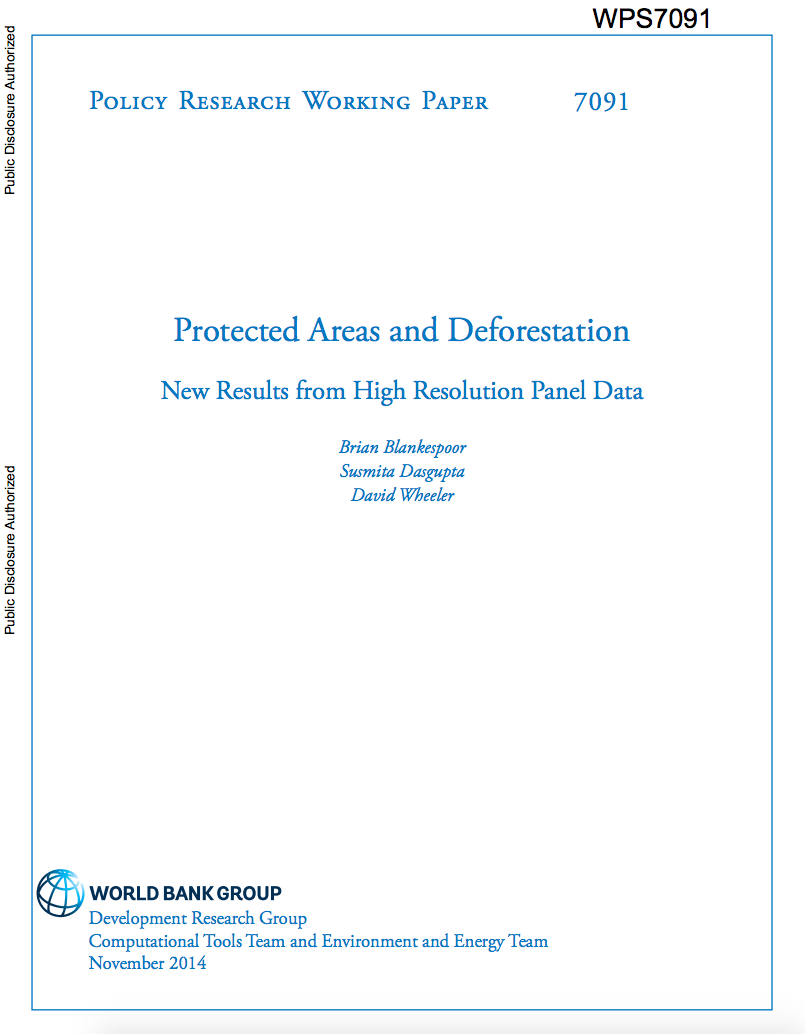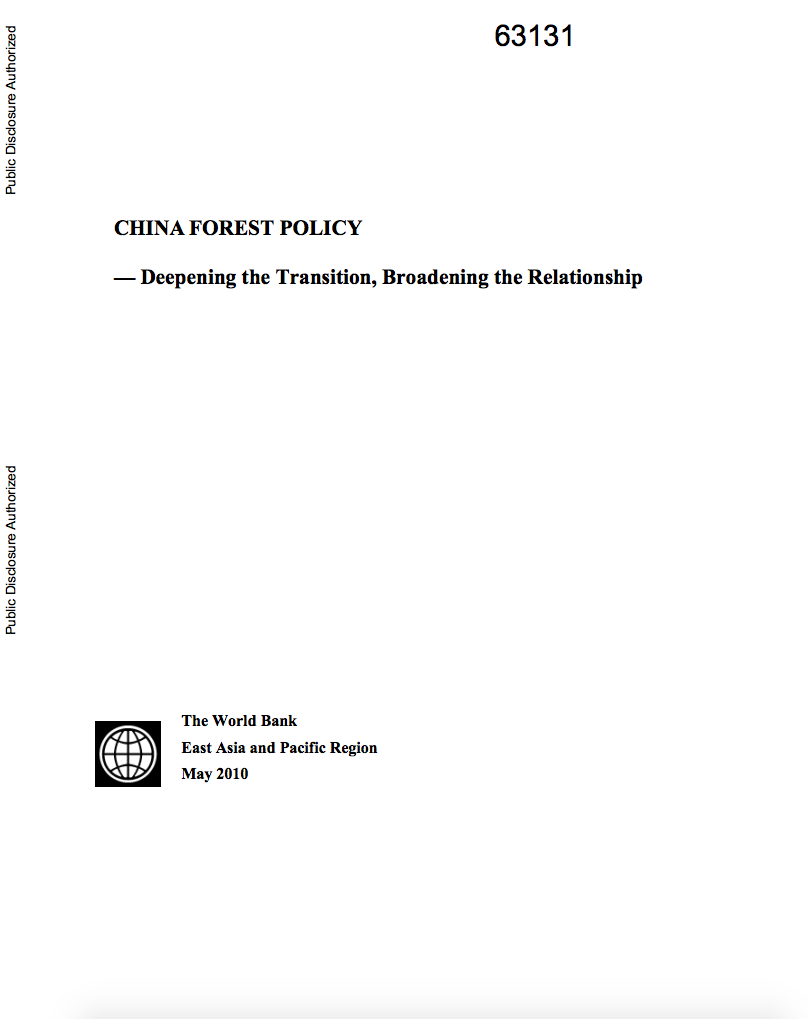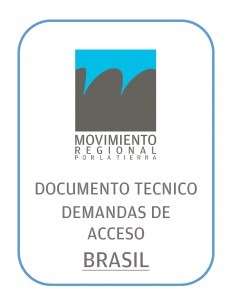Surveying the software organization and operation of protected areas
Prerequisite for sustainable development of the Russian Federation is the creation and development of a system of protected areas. Main mechanism that creates optimal conditions for the fulfilment of functions of the PA is planning. At the present time we have to admit that there are problems that prevent from appropriate functioning of protected areas and solving the tasks assigned to them.





